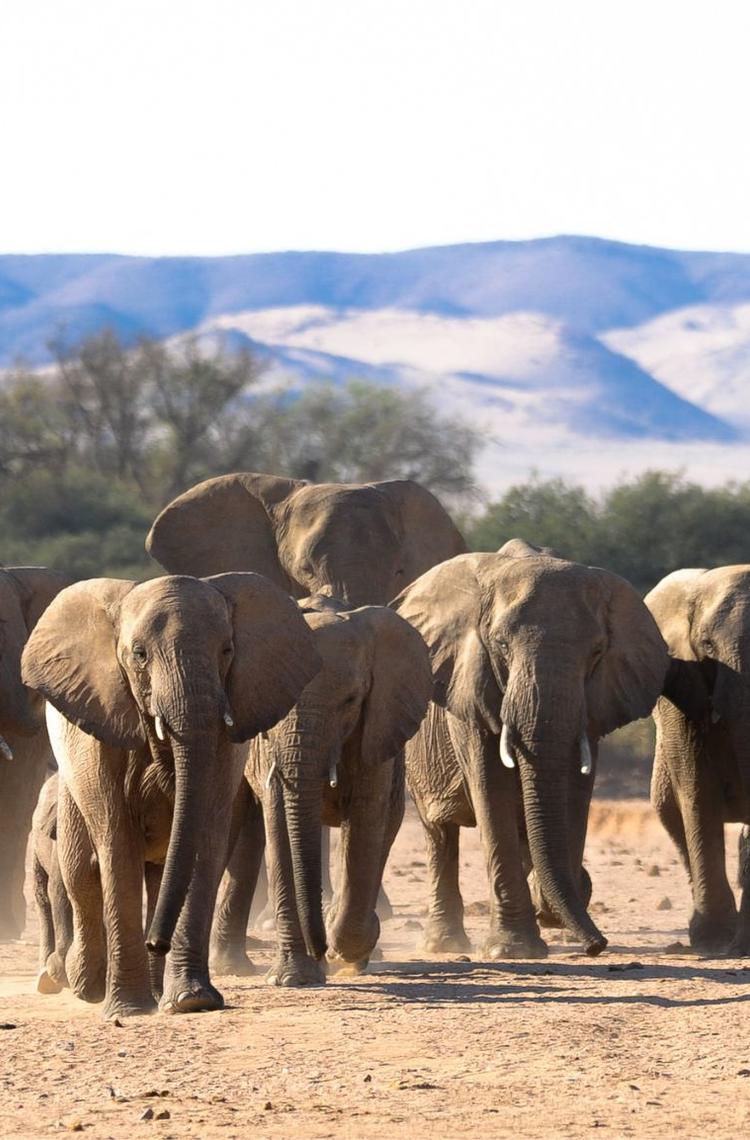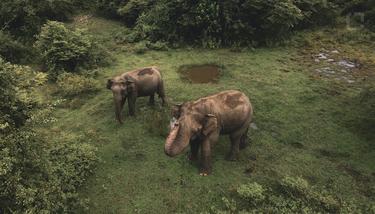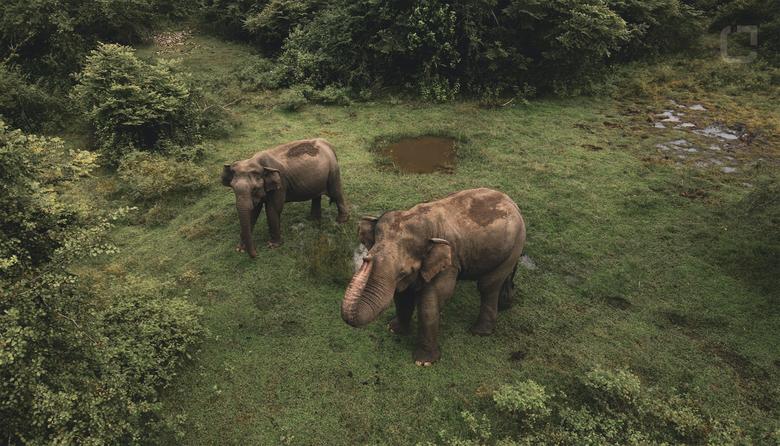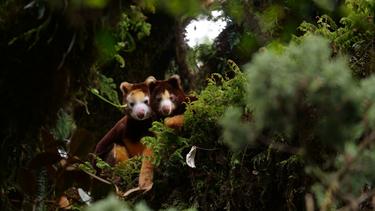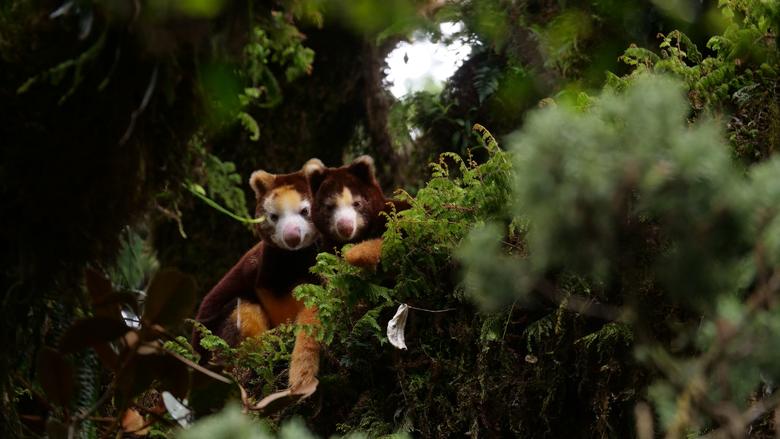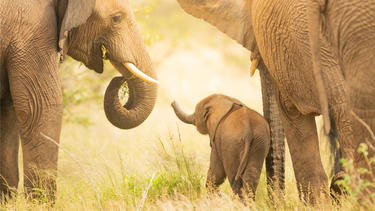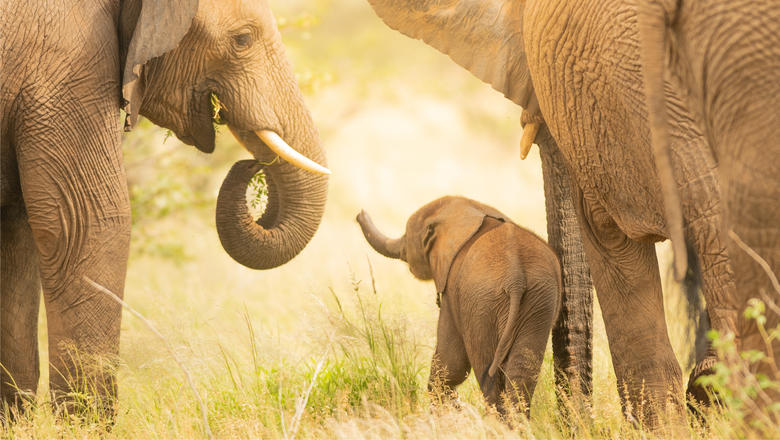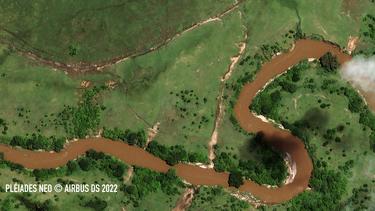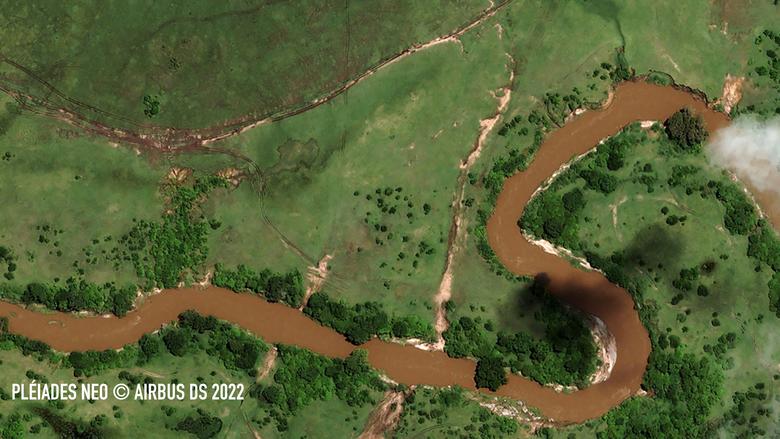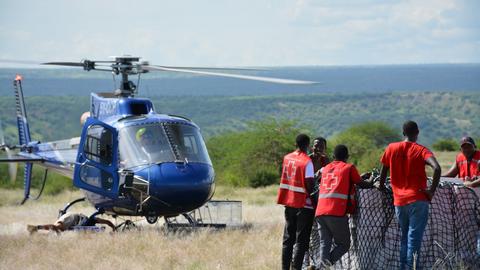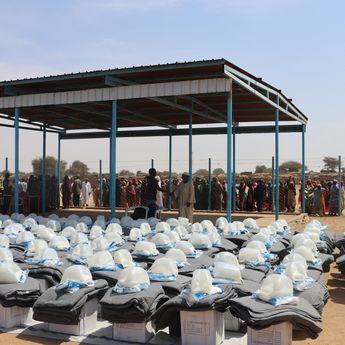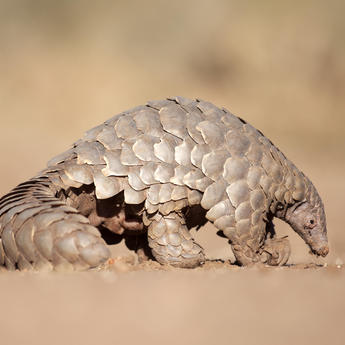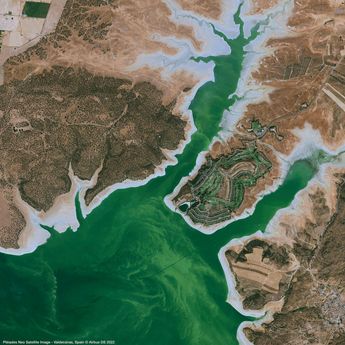The Connected Conservation Foundation and Airbus Foundation have unveiled the winners of the inaugural Satellites for Biodiversity Award. This recognition comes alongside the launch of the Masai Mara Satellite Sandbox, aimed at accelerating the use of very high-resolution (VHR) satellite data for safeguarding endangered species and ecosystems in one of the world's most famous wildlife regions.
Seven transformative conservation projects have been selected to receive access to data from Airbus' state-of-the-art VHR satellites. Additionally, three finalists will receive a financial grant of US$ 5,000 to advance their efforts in species and habitat conservation, as well as human-wildlife coexistence.
Through our collaborative efforts, we aim to accelerate techniques and stop the duplication of efforts, ultimately maximising our impact in the fight to protect endangered species and ecosystems. Our commitment to advancing the application of these increasingly accessible tools is unwavering, and we are excited to see the impact from these winning projects
Rachel Schroeder, Managing Director, Airbus Foundation
The winners include:
1. Asian Institute of Technology
The wild elephant population in Thailand's Sai Yok National Park has dwindled to 3,500 due to illegal poaching, habitat loss and human pressure. To address this issue, the Asian Institute of Technology has initiated a project to map the elephants' habitat using high-resolution satellite data and advanced machine learning algorithms. The project aims to provide valuable insights for local communities, conservation charities, farmers and policymakers to devise effective conservation laws and sustainable management plans for coexistence between the elephants and the residents of Sai Yok National Park.
2. Tree Kangaroo Conservation Program (TKCP)
The lush and rugged landscape of Papua New Guinea is home to many endangered species, such as the Matschie's tree-kangaroo and the Eastern long-beaked echidna. With their populations dwindling due to habitat encroachment and illegal activities, these rare creatures desperately need help. The TKCP is helping local communities use satellite data to protect vital habitats for nearly 5,000 fauna and flora species in Papua New Guinea's YUS Conservation Area, including the Matschie's tree-kangaroo and Eastern long-beaked echidna.
3. Elephant-Human Relations Aid (EHRA)
In the harsh and arid landscapes of northwest Namibia, there is ongoing human-elephant conflict, leading to devastating financial losses for farmers as well as tragically being the main cause of the declining elephant population. Only 21 desert elephants remain today. The EHRA will use the new satellite imagery and funding alongside direct surveys to map the movements and motivations of Namibia's desert elephants to find long-term solutions for human-elephant coexistence.
4. Local conservation teams in the Masai Mara, Kenya
Four runners-up, working in the same region, are being awarded Pléiades Neo satellite data to help protect giant pangolins, map invasive species, create better wildlife connectivity and plot land boundaries to deploy geo fences for elephant trackers in an attempt to stop human wildlife conflict.
Each winning project was evaluated based on its innovative and community-led use of satellite data, technical skills, project feasibility, and potential conservation impacts. These initiatives aim to address pressing conservation challenges and facilitate effective decision-making and sustainable management of natural resources.
The awarded projects will employ advanced technologies, such as machine learning algorithms, drones, and on-the-ground community-led monitoring, to gather accurate and up-to-date information on threats and ecosystem changes. This knowledge will aid in devising conservation laws, sustainable land-use plans, and enhancing human-wildlife coexistence.
In a further commitment to conservation, the Foundation and CCF are working on establishing the Masai Mara Satellite Sandbox. This initiative will provide 30 cm resolution Pléiades Neo Mosaic satellite imagery of the entire Masai Mara ecosystem, benefiting partners and runners-up who operate in Kenya. It aims to facilitate the application of Earth observation data and AI for conservation, foster skill-building and address biodiversity and climate challenges.
The Satellites for Biodiversity Award represents a significant step in using satellite technology for environmental protection and conservation. The partnership between the Connected Conservation Foundation and Airbus Foundation continues to drive innovation and accessibility, inspiring the conservation community to harness the potential of these tools to safeguard our planet's precious biodiversity. The process for the next Satellites for Biodiversity Award will begin later this year.
